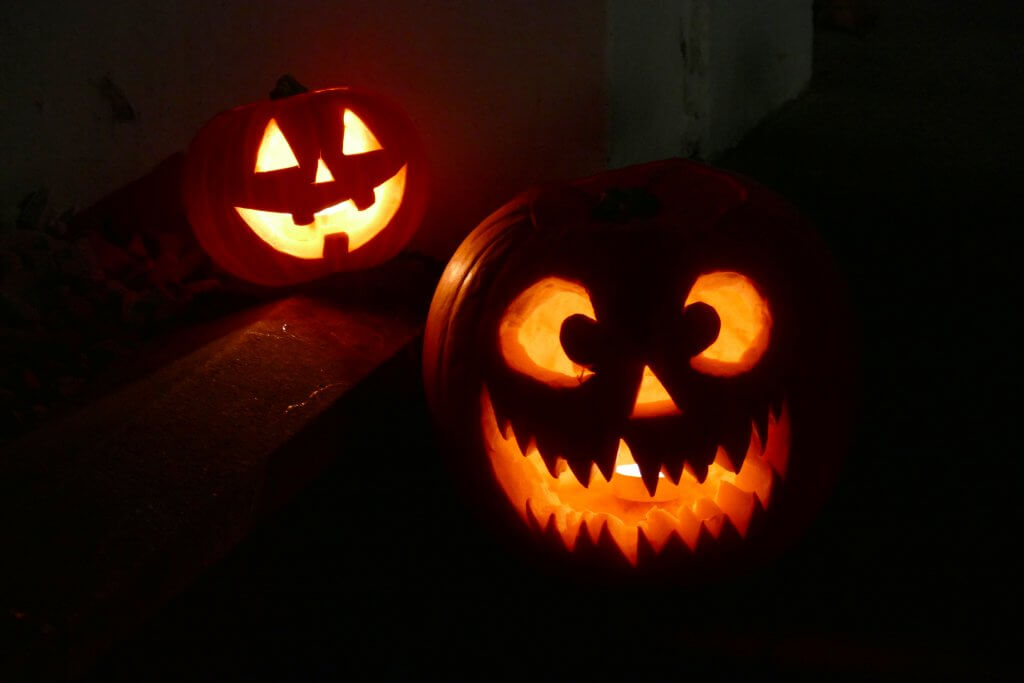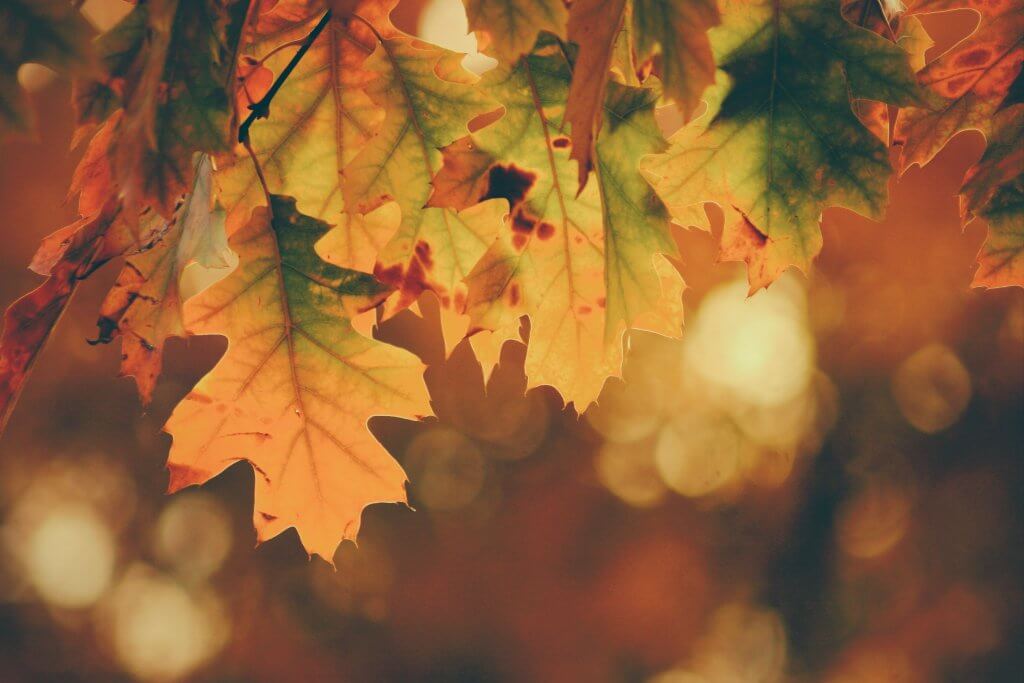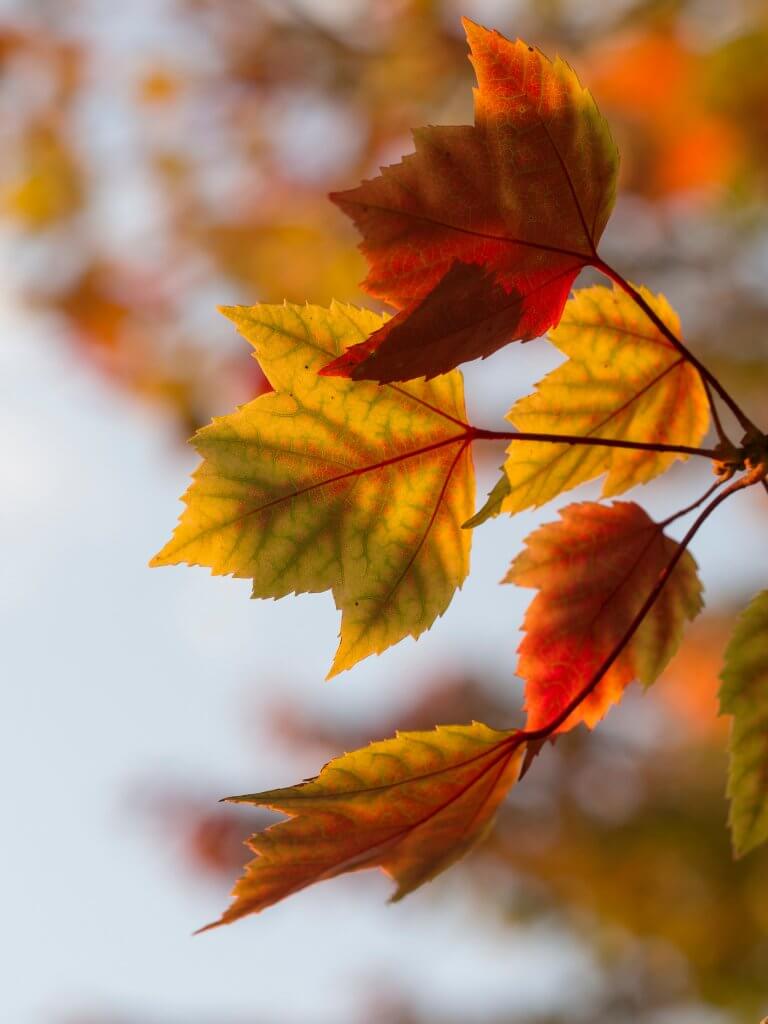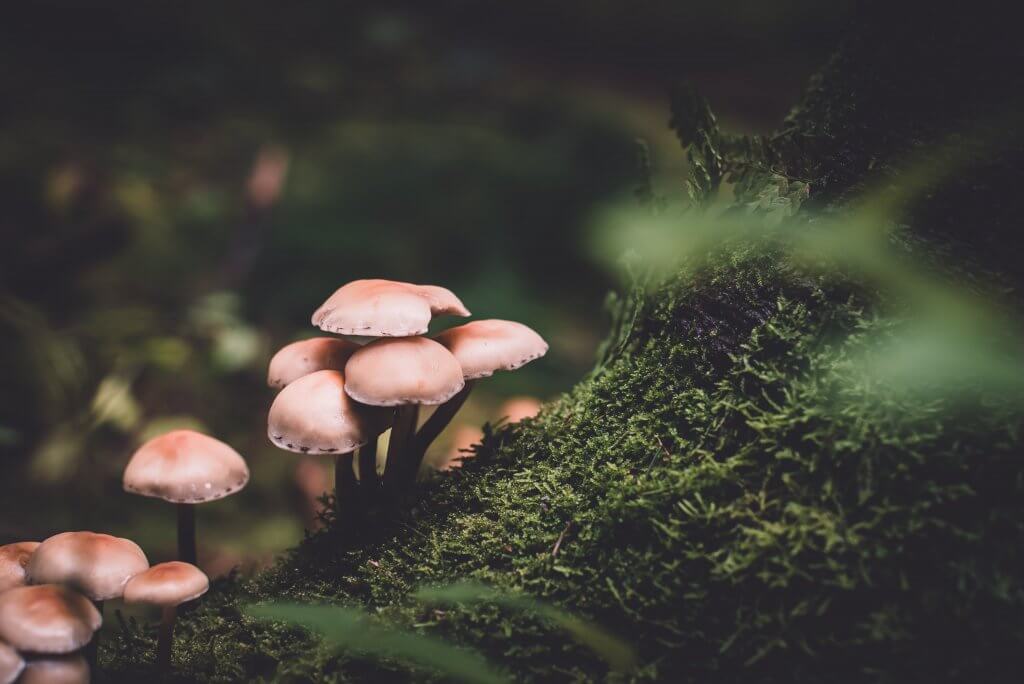Trick or treat? It’s Halloween today!
By the way, did you know that Halloween is a Celtic festival?
Halloween is a Celtic festival which was born in Europe. It was also celebrated in France, Italy, Swtizerland, Germany, Austria, north of Spain, England, Wales, Scotland and Ireland, all the countries where the Celts lived. In Ireland Halloween has always been very important and when many Irish people emigrated to the USA in the 1800s because of a terrible famine, they brought their traditions with them to America. The Americans in the States particularly liked the festivity and that is why this European festival is so famous in America too! The Irish used to lit candles in carved turnips to scare the evil spirits away on the night of Halloween but when they went to America they couldn’t find any turnips. However, they found some vegetables that were even better: pumpkins! There are many stories about Halloween, one that many children know is the story of Jack o’ Lantern, which also gave the name to the spooky Halloween lanterns!
Now, you’ve probably been asking: “who were the Celts and why is the festival associated to spooky and eerie things?”
The Iron Age Celts lived in Britain from around 750 BCE to 12 CE. They were the most powerful people in central and northern Europe. There were many groups (clans or tribes) of Celts around Europe.
The Celts believed that the world of the living and the world of the dead could meet during the night of 31st October. It was a night when the spirits of the Otherworld could return to Earth and roam through the villages until dawn. You could meet good spirits but also bad ones. If you didn’t want to be caught by these spirits, you had to dress up like them. That night was called the night of Samhain, which changed its name in All Hallows’ Eve in the Middle Ages and then became Halloween! Hallow is a word in Medieval English meaning Saint: the name All Hallow’s Eve means in fact “the eve of all Saints”. Halloween, or Samhain, was in fact an important festival celebrated by the Celts and it was a moment to celebrate the end of the year (New Year’s Eve) and the beginning of a new one. Everybody celebrated the end of summer and the arrival of winter and ate, sang and danced. There were also religious ceremonies like weddings or rites or purification, and in each village a sacred bonfire was lit.

The ancient Celts divided the year into two halves, the lighter half and the darker half, and held four celebrations (also known as Fire Festivals) to mark the changing seasons:
• Imbolc – celebrated halfway between the winter solstice and the spring equinox (1st February)
• Beltane – halfway between the spring equinox and the summer solstice (1st May)
• Lughnasadh – halfway between the summer solstice and fall equinox (1st August)
• Samhain – halfway between the fall equinox and winter solstice (1st November)
Of these four sacred times, Samhain was perhaps the most significant as it is thought to have represented the Celtic New Year. For the ancient Celts, time began in darkness, with each 24-hour day commencing at dusk. At the same time, the new year began with the arrival of darkness (winter). Ushering in the darker half of the year, Samhain represented the end of one year and the beginning of the next.
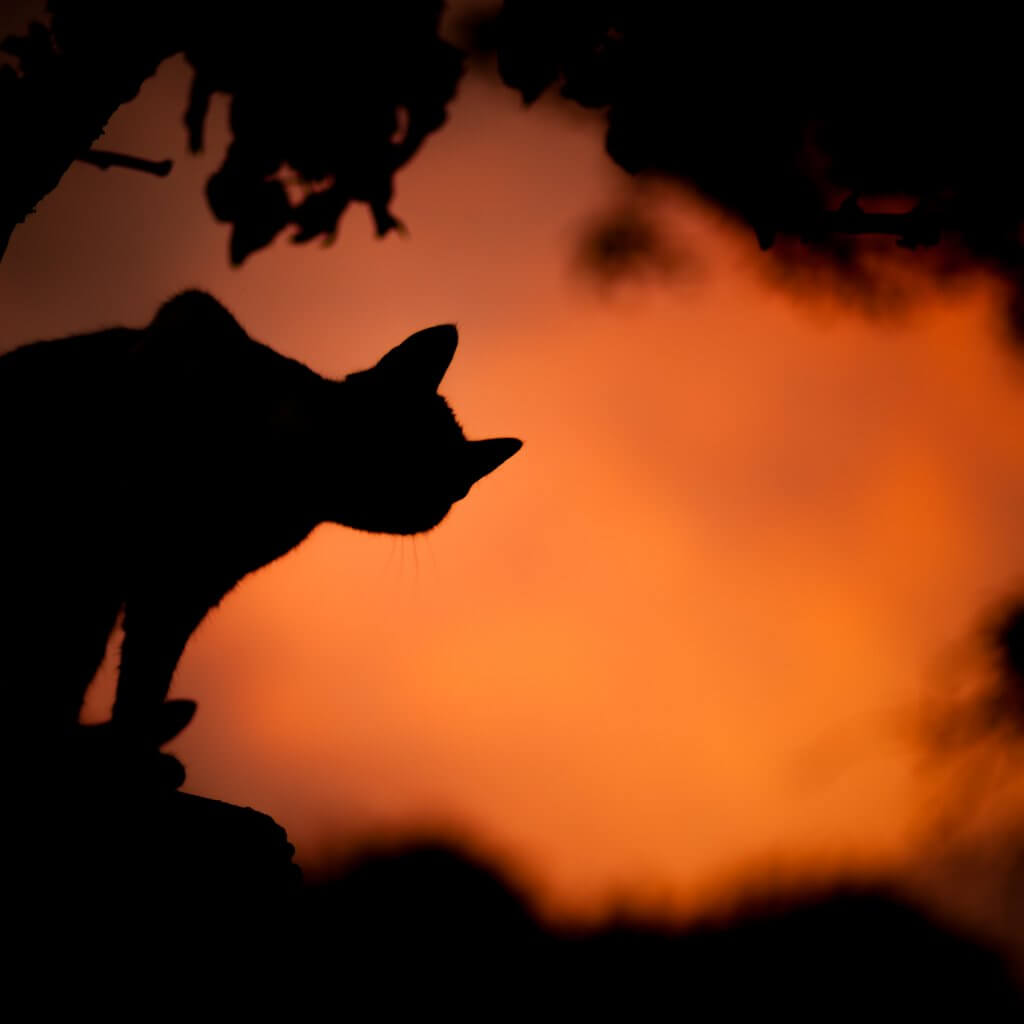
Before we go trick-or-treating, here are some fun facts about Halloween!
Samhain is also the modern Irish word for the month of November.
The colours of Halloween are orange and black. Orange represents the harvest (the fruit and vegetables harvested at the end of summer) and black represents death.
Some popular activities of Halloween include: the game bobbing for apples, going from house to house in costumes to ask for candies (and to play a trick to the owner of the house if you don’t get anything), divination games and telling ghost stories or watching horror films.
Many elements of fairy tales, fantasy stories and fables come from Celtic myths and folklore.
Put on your costume and let’s carve a pumpkin, it’s time to party! Happy spooky Halloween!

